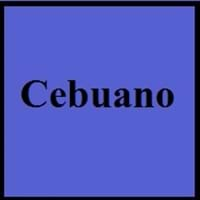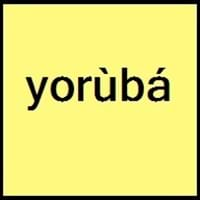Cebuano and Yoruba
- About one-fifth of the population of the philippines speak cebuano and are second largest ethnolinguistic group in the country.
- Cebuano contains many words of Spanish origin.
- One of the largest African ethnic groups is Yoruba in south of Sahara Desert.
- In Yoruba language, same combination of vowels and consonants have different meanings depending on the pitch of the vowels, so it is tonal language.
All Cebuano and Yoruba Dialects
Most languages have dialects where each dialect differ from other dialect with respect to grammar and vocabulary. Here you will get to know all Cebuano and Yoruba dialects. Various dialects of Cebuano and Yoruba language differ in their pronunciations and words. Dialects of Cebuano are spoken in different Cebuano Speaking Countries whereas Yoruba Dialects are spoken in different Yoruba speaking countries. Also the number of people speaking Cebuano vs Yoruba Dialects varies from few thousands to many millions. Some of the Cebuano dialects include: Boholano, Southern Kana. Yoruba dialects include: Itsekiri , Ede. Also learn about dialects in South American Languages and North American Languages.
Cebuano and Yoruba Speaking population
Cebuano and Yoruba speaking population is one of the factors based on which Cebuano and Yoruba languages can be compared. The total count of Cebuano and Yoruba Speaking population in percentage is also given. The percentage of people speaking Cebuano language is 0.32 % whereas the percentage of people speaking Yoruba language is 0.42 %. When we compare the speaking population of any two languages we get to know which of two languages is more popular. Find more details about how many people speak Cebuano and Yoruba on Cebuano vs Yoruba where you will get native speakers, speaking population in percentage and native names.
Cebuano and Yoruba Language Codes
Cebuano and Yoruba language codes are used in those applications where using language names are tedious. Cebuano and Yoruba Language Codes include all the international language codes, glottocodes and linguasphere.





